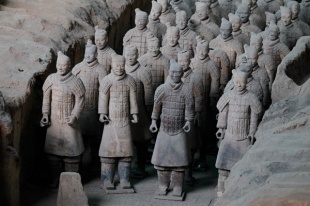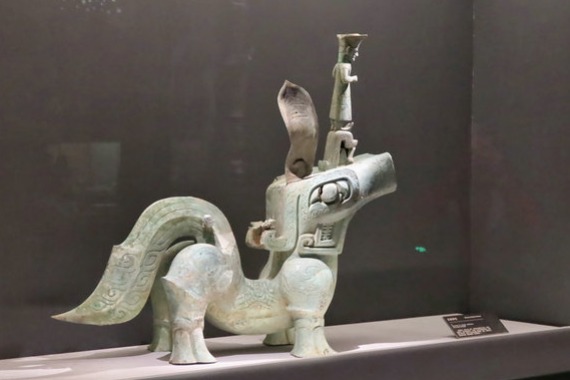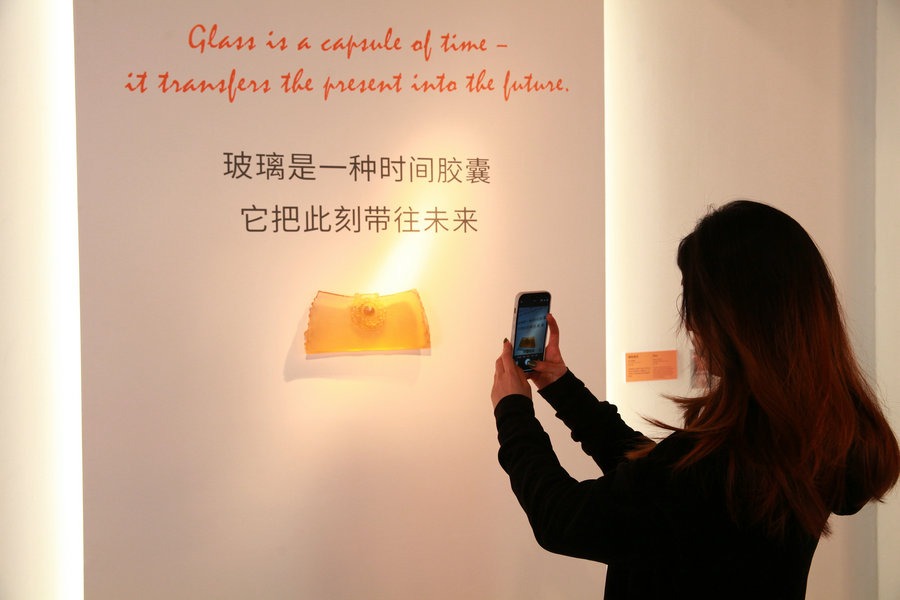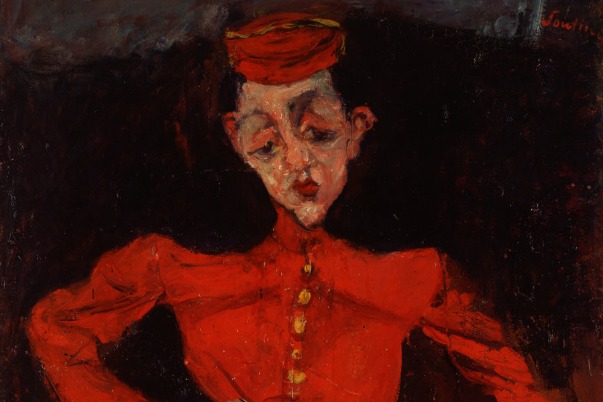Rebuilding Notre Dame


Although the specific themes and time frame for Sino-French cooperation on Notre Dame Cathedral is yet to be formally set out, Chai Xiaoming, director of the Chinese Academy of Cultural Heritage, said China can not only contribute general ideas, but also detailed technical plans for the upcoming renovation.
"China has a great deal of experience in renovating ancient buildings affected by fire, especially ones made of wood," Chai tells China Daily. "This means we could offer suggestions on how to approach the renovation of the oak-framed roof of Notre Dame Cathedral."
Speaking of the conservation of stone relics, Chai cited that his academy completed a decade-long research project at the Chengde Mountain Resort, a former royal resort of the Qing Dynasty (1644-1911) in Hebei province and a UNESCO World Heritage site, where they tailored many solutions to damaged or weakened stones using techniques derived from traditional Chinese craftsmanship.
"For example, burning incense in traditional rituals has left thick layers of soot on many ancient Chinese temples," he adds. "So we also have a rich experience of cleaning ancient architecture, which might be useful to the work at Notre Dame."
Liu emphasizes that cooperation between China and France would benefit "mutual learning".
The joint declaration signed on Wednesday, also outlined a bilateral project between France and China focusing on the 2,200-year-old Terracotta Warriors in Xi'an, Shaanxi province, at the Mausoleum of Qinshihuang, the first emperor of China.
"The Terracotta Warriors and Notre Dame are the most important symbols among the UNESCO World Heritage sites of China and France respectively," Liu says. "This collaboration shows our established relationship and highlights the mutual trust between the two countries."
The newly announced project will cover exchanges in conservation technology, joint scientific research and training programs.
According to Zhao Qiang, director of the Shaanxi Institute for the Preservation of Cultural Heritage, cooperative studies and conservation between the province and France began in 2016 to cover the renovation of Gongshu Hall, a Ming Dynasty (1368-1644) temple, and the stone carvings at Maoling, an emperor's mausoleum of the Western Han Dynasty (206 BC to 24 AD).
The French Development Agency also provided a 60 million euro ($66.5 million) low-interest loan for the conservation of cultural heritage sites in Fengxiang county, Shaanxi, in October 2018.
During Macron's last visit to China in January, 2018, an intergovernmental agreement was signed to set up a comprehensive system of cooperation on cultural heritage, which was also signed in the presence of the two country's state leaders.
That agreement outlined measures to improve the management of UNESCO World Heritage sites, policy-making, the protection of endangered relics, cooperation on underwater archaeology and the establishment of joint exhibitions. A campaign to tackle the illegal trade in cultural property was also unveiled.
"China is now regularly involved in joint projects in archaeology and the conservation of cultural heritage overseas," Chai says. "It has improved our capacity and deeply strengthened our efforts in international cooperation."
At Angkor Wat, the ancient Cambodian temple complex and largest religious monument in the world, experts from the Chinese Academy of Cultural Heritage and the Ecole Francaise d'Extreme-Orient, a leading French institution dedicated to the study of Asian societies, have been sharing resources for cooperative research programs for the past three years.
A program to renovate the ruins of the Royal Palace of Angkor Thom, launched by the Cambodian government and led by a team of conservationists from Chai's academy working alongside French scholars, will also serve as an important reference point for the upcoming renovation work in Paris, Chai says.
"As a country with a rich experience in protecting cultural heritage and a long history of studying Angkor Wat, France has offered us great help," Chai says. "On the other hand, our mindset and traditional practices, which are different from the French side, also gained better recognition through this process of cooperation. This is the true meaning of cross-cultural communication."





































